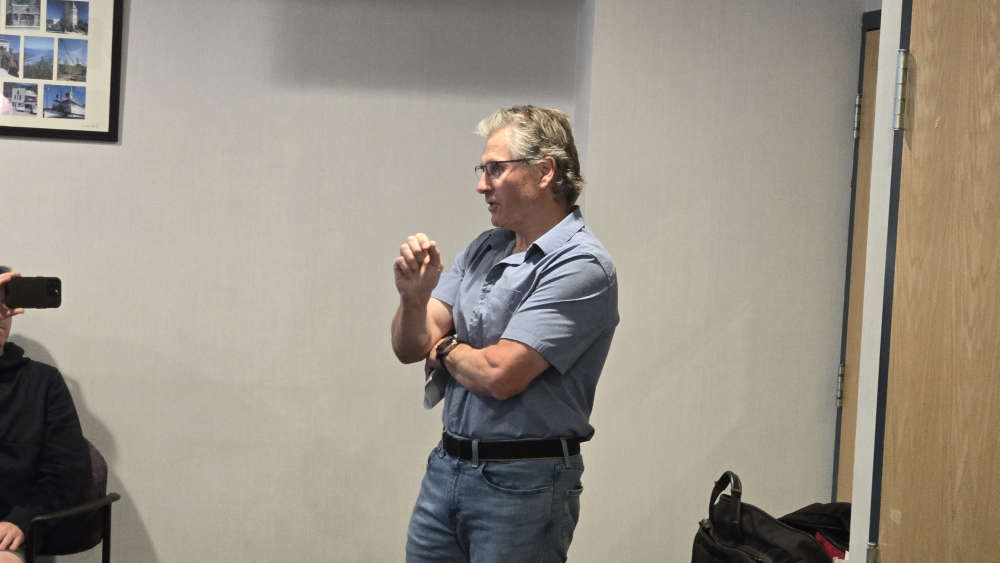
First Nation of Na-Cho Nyäk Dun consultant speaks out about government inaction.
The Government of Yukon held a technical briefing on the heap-leach failure at Victoria Gold’s Eagle Gold mine on Friday.
Four officials from the Yukon government’s department of Energy, Mines, and Resources were joined by representatives from the Worker’s Safety and Compensation Board, the Yukon’s acting Chief Medical Officer of Health, and representatives from Health and Social Services and the Department of Environment.
Media were told that when it came to specifics about the heap-leach failure, the information was not yet available.
Just before the technical briefing ended, Northland Earth & Water consultant Cord Hamilton spoke up. Hamilton says he has been consulting for the First Nation of Na-Cho Nyäk Dun for ten years, and that he and the First Nation are deeply concerned about the potential release of cyanide into the environment.
“We estimate, with the best information we have available, there is somewhere between 800,000 and a million cubic metres of cyanide solution contained in the heap that is now draining down in an uncontrolled manner,” said Hamilton. “There is storage on that site for less than half of that in secure facilities. So, that’s what’s coming. That needs to be captured or treated, or it will be released. And this is before we account for rainfall, flows from the other side of the valley, and Dublin Gulch, which is now crossed by the slide maps, itself.”
Despite the Yukon government’s panel of officials insisting that they have been working closely with the First Nation of Na-Cho Nyäk Dun, Hamilton says that there is plenty more that can and must be done.
“What do the First Nations feel? They are dismayed. They are angry. And they should be,” said Hamilton. “This is a catastrophe that is unfolding before us, so we really want to see a higher level of response.”
“We know more is coming at us. Makeshift dams are not the answer. Really significant action is required.”
Hamilton acknowledged that it may take time to find cyanide in water samples from the area, but looking for dead fish in the area would be a much faster indicator of a problem. There was no word from officials whether they were looking for fish affected by cyanide.
In a media release Thursday afternoon, White River First Nation voiced full support of the First Nation of Na-Cho Nyäk Dun and called for a public inquiry into the heap-leach failure. No such inquiry was confirmed at the technical briefing.
While the Yukon government says the risk of cyanide in drinking water is very low, residents in the area should be aware that dizziness, headache, nausea and vomiting are common in cyanide exposure.
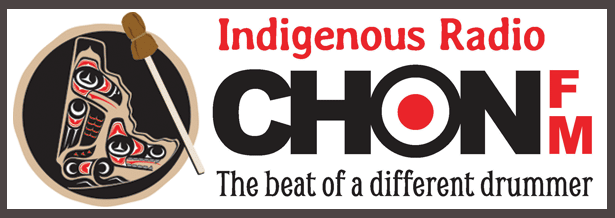
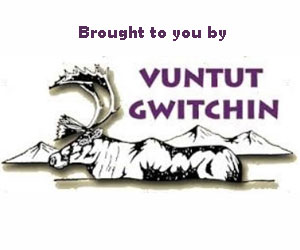
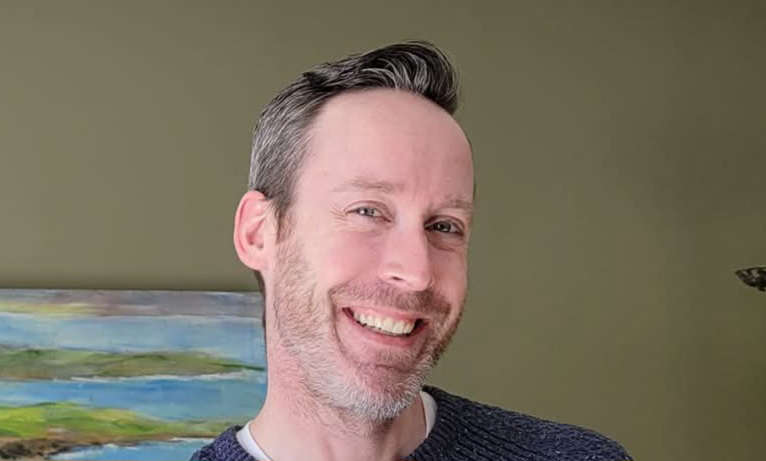 Former teacher calls out education minister for inaction
Former teacher calls out education minister for inaction
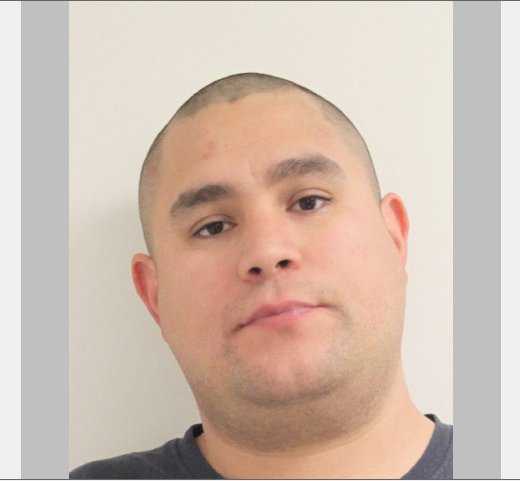 Yukon RCMP issue arrest warrant
Yukon RCMP issue arrest warrant
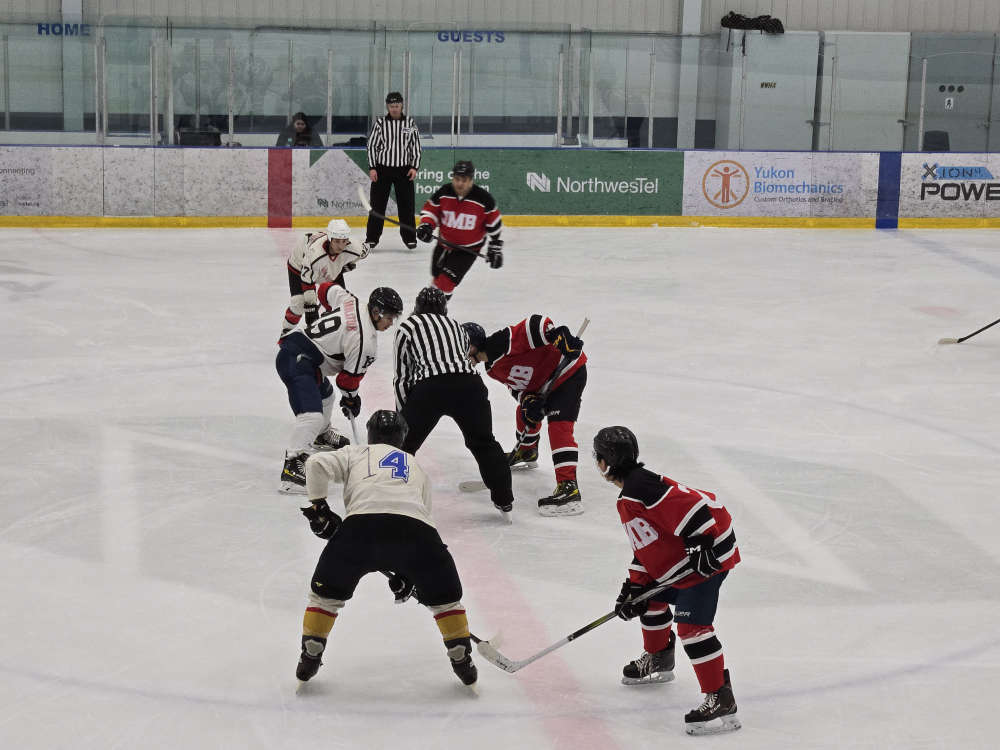 Yukon Native Hockey Tournament kicks off its 45th anniversary with more teams than ever before
Yukon Native Hockey Tournament kicks off its 45th anniversary with more teams than ever before
 Whitehorse RCMP search for missing man
Whitehorse RCMP search for missing man
 B.C. man, two Watson Lake residents arrested on warrants in Whitehorse
B.C. man, two Watson Lake residents arrested on warrants in Whitehorse
 Ross River RCMP arrest two men in separate, unrelated investigations involving stolen rifles
Ross River RCMP arrest two men in separate, unrelated investigations involving stolen rifles
 Medical Staff Association president raise "significant concerns" surrounding acute care at Whitehorse General
Medical Staff Association president raise "significant concerns" surrounding acute care at Whitehorse General
 Whitehorse count indicates 83 per cent of homeless in 2024 were Indigenous
Whitehorse count indicates 83 per cent of homeless in 2024 were Indigenous
 Whitehorse RCMP seek public's help in locating missing 73-year-old man
Whitehorse RCMP seek public's help in locating missing 73-year-old man
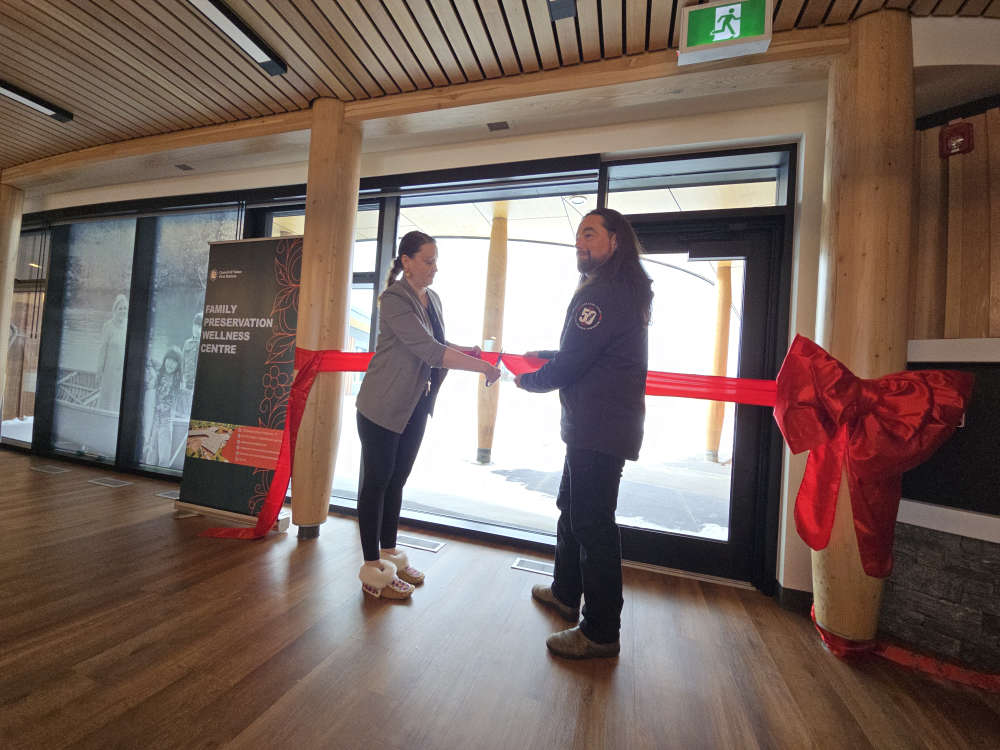 CYFN opens new wellness centre in Whistle Bend
CYFN opens new wellness centre in Whistle Bend
 'Old Crow a Philosophy' makes global premiere at YAC
'Old Crow a Philosophy' makes global premiere at YAC
 Yukon First Nations Culture and Tourism Association cancels events for 2025, including Adäka Festival
Yukon First Nations Culture and Tourism Association cancels events for 2025, including Adäka Festival
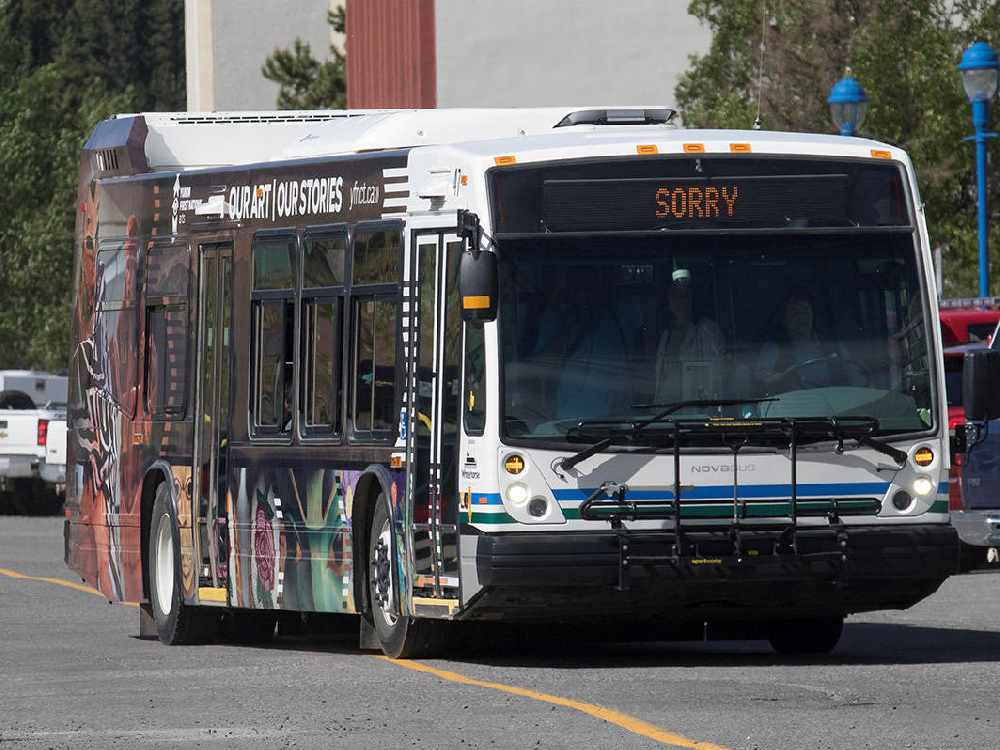 Whitehorse residents and Yukon NDP speak out against a proposed transit fare hike
Whitehorse residents and Yukon NDP speak out against a proposed transit fare hike
 Diane Strand wins Haines Junction mayoral byelection
Diane Strand wins Haines Junction mayoral byelection
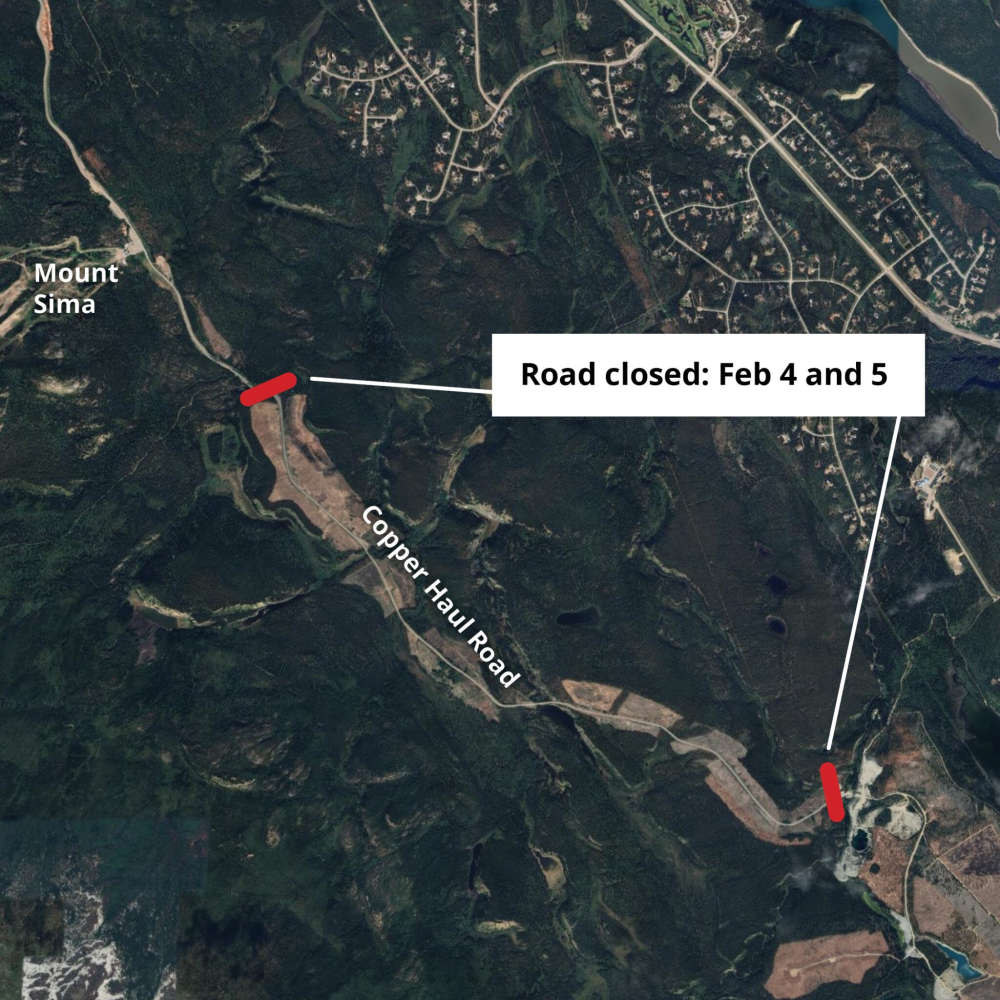 Copper Haul Road closure announced for bridge repairs
Copper Haul Road closure announced for bridge repairs
 Yukon Government and Canadian Government partner to boost local businesses
Yukon Government and Canadian Government partner to boost local businesses
 Yukon NDP hosts virtual mining discussion
Yukon NDP hosts virtual mining discussion
 Chief Superintendent Lindsay Ellis Becomes Yukon RCMP M Division's First Female Commanding Officer
Chief Superintendent Lindsay Ellis Becomes Yukon RCMP M Division's First Female Commanding Officer